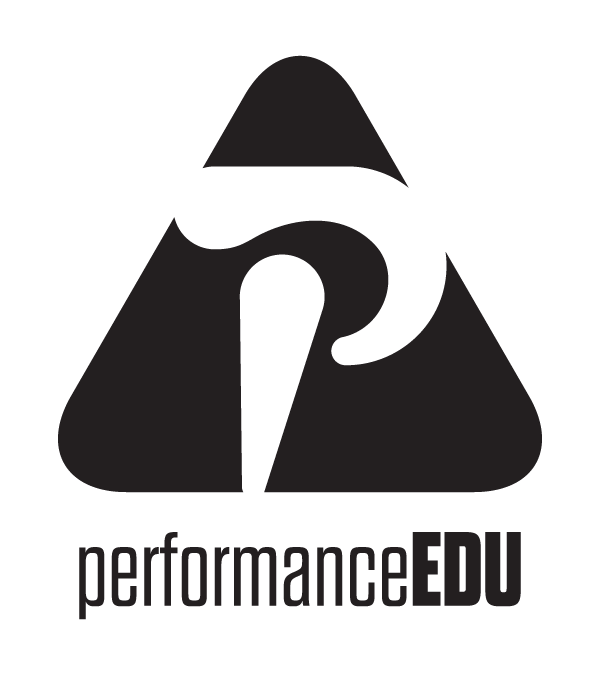Calf muscle rehabilitation post Achilles tendon rupture
Dr Annelie Brorsson
Physiotherapist Sweden
The optimal treatment for every individual patient with an Achilles tendon rupture is still unknown. The incidence of Achilles tendon ruptures is rising and is now reported to be between 6 and 55/100 000 inhabitants. A typical patient is a physically active male in his forties and since the rehabilitation is long and demanding there is a need for further knowledge about how to optimize the treatment for every patient. A piece of the puzzle in this work can be to explore the impact of the calf muscle recovery at different time points after an Achilles tendon rupture.
Rehabilitation phases after an Achilles tendon rupture
The rehabilitation can be divided into four phases (1):
The decision when a patient should proceed from one phase to the next is proposed to be based on both the recovery of the patient and the time since the injury. Pain after an Achilles tendon rupture is mostly not an issue but the dosage of activities has to be controlled in order to avoid over-use injuries. Swelling and/or pain in the lower leg are often a sign for too much physical activity and/or too little recovery.
1. The controlled mobilization phase (0-8 weeks)
In this phase, the injured foot is kept in plantar flexion and a cast or a brace is used 6-8 weeks after the injury. Weight-bearing within the first six weeks and accelerated rehabilitation has been proved to be advantageous for patients with an Achilles tendon rupture (2)(3). In many modern rehabilitation protocols when a brace is used, controlled and non-weightbearing ankle plantar flexion exercises are introduced two weeks after the injury. Both active and passive ankle dorsiflexion shall be limited during this phase in order to prevent tendon elongation.
2. Early mobilisations phase (6-11 weeks)
Walking without the brace is generally introduces in their phase. It is crucial to be aware of both the importance to load the tendon sufficiently as well as that the risk of re-rupture is the greatest during this stage. The stretch the tendon during this stage is not recommended to in order to prevent tendon elongation .However active non-weightbearing ankle dorsiflexion can be introduced. A general rehabilitation protocol ad modem Silbernagel (1) for this phase is presented below.
In this phase it is often beneficial to use a compression stocking in order to prevent swelling in the lower leg.
3. Late mobilization phase (10-15 weeks)
The goal in this phase is to prepare the body for more challenging activities. Examples of exercises are single-leg heel-rises and introduction of jogging and jumping (1).
4. Return to sport phase (3-12 months)
Before return to sports, a test battery should be used to evaluate strength, endurance and jumping performance.
The impact of calf muscle performance on function and recovery
During the work with my theses (http://hdl.handle.net/2077/53615), I discovered, as many before me, that research often create more questions than answers. In the Discussion section in my theses the following subjects were discussed and ended with a take-home message:
Short-term deficits in calf muscle recovery
One important goal to achieve in the early stages of rehabilitation is to perform a single-leg standing heel-rise on the injured foot. A first milestone during the early rehabilitation phase could be to perform at least 20 standardized seated heel-rises with a load of 50% of body weight (4).
Long-term deficits in calf muscle recovery
Tendon elongation after an Achilles tendon rupture affects heel-rise height during a single-leg standing heel-rise. With the currently recommended treatment protocols, calf muscle performance is not restored completely in most patients. There is some evidence that regaining calf muscle performance within the first year after the injury is beneficial. Further studies exploring how different rehabilitation protocols can improve the restoration of calf muscle strength, endurance and heel-rise height are needed. However, calf muscle recovery takes a long time and improvements in heel-rise height in the injured limb are found up to 7 years after the injury (5)(6).
